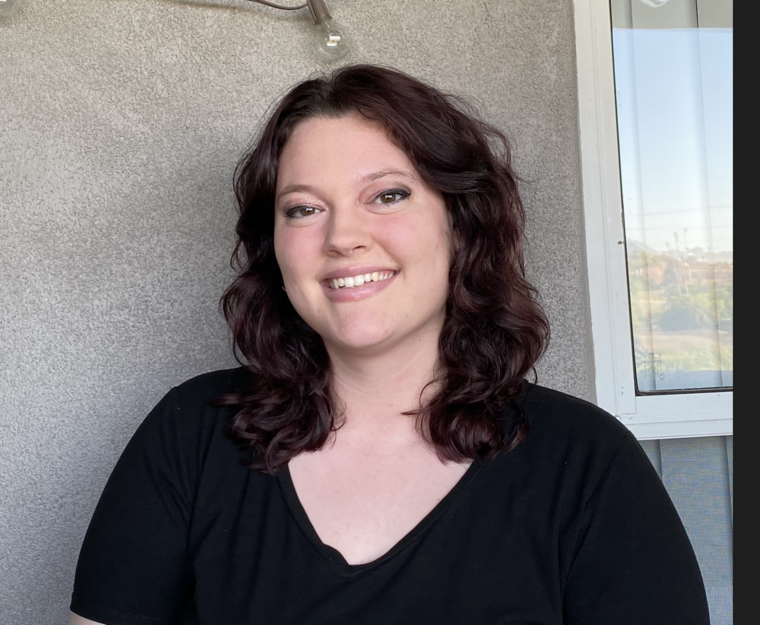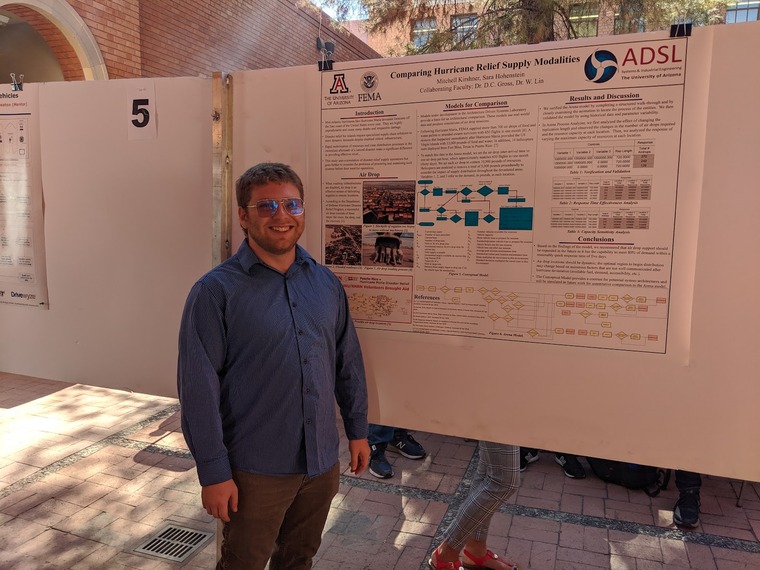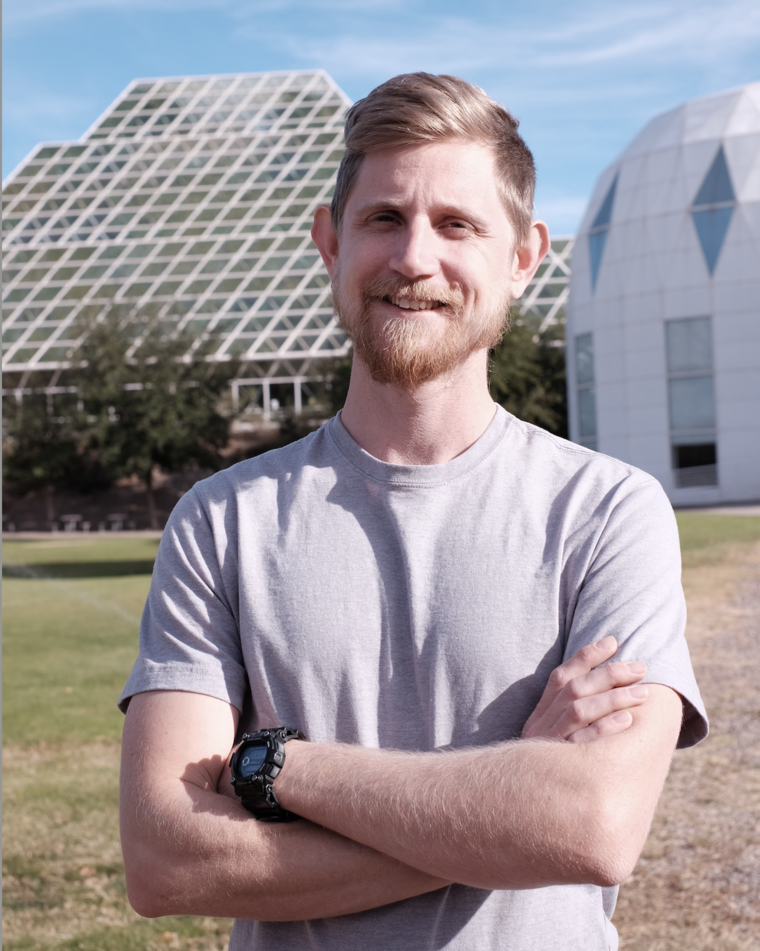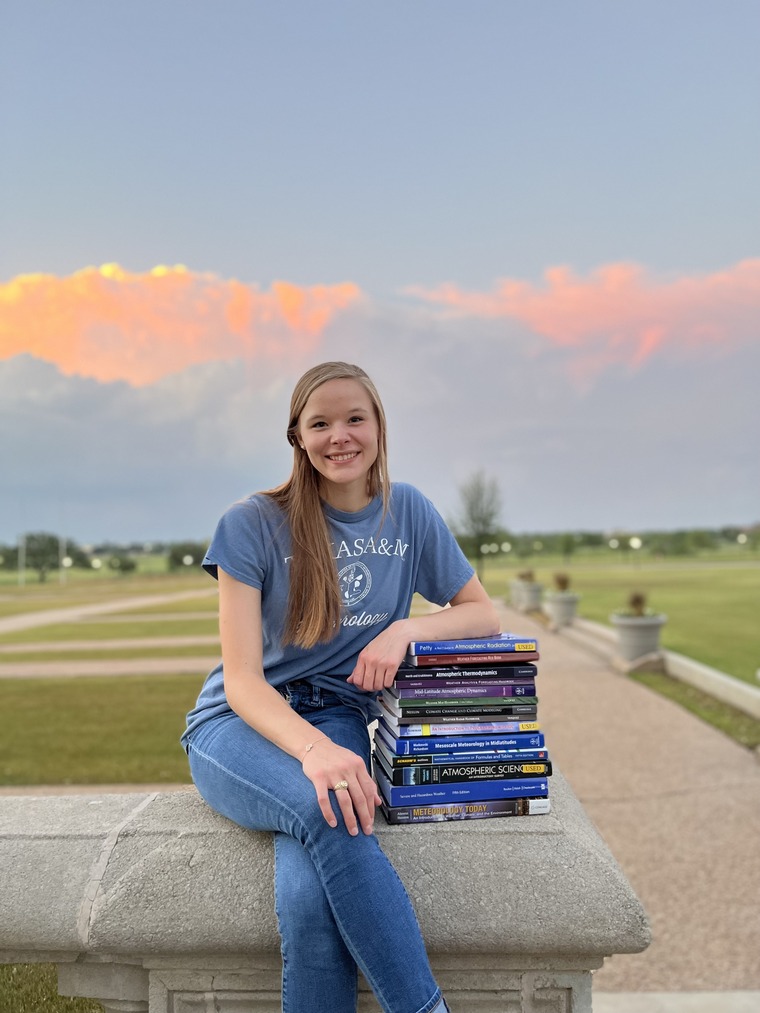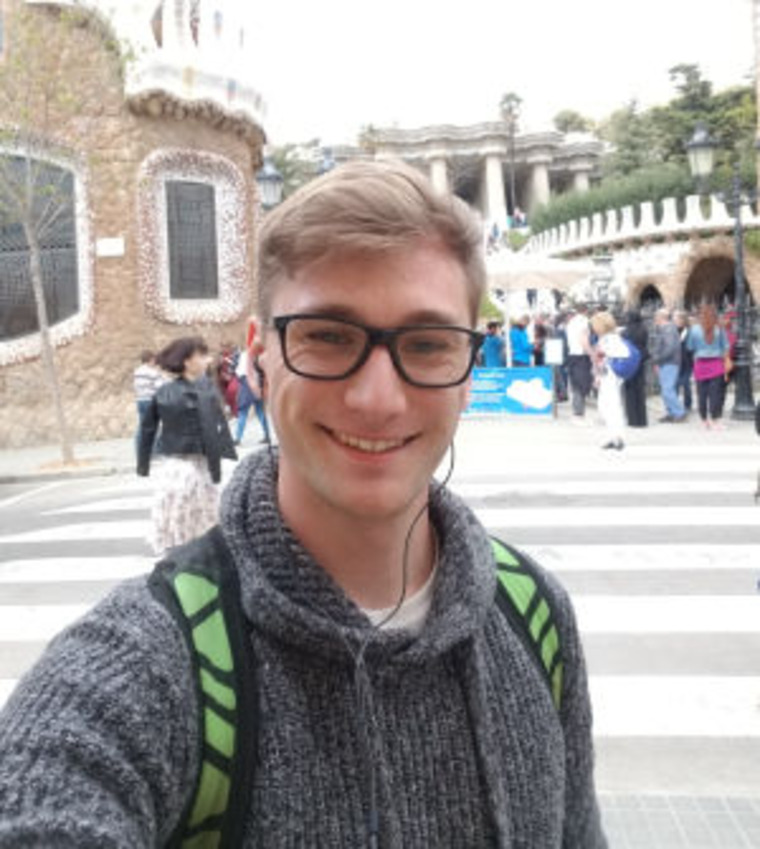Jaclyn John
I am a second year Ph.D student at the Wyant College of Optical Sciences. My research involves using channeled polarimetry in the thermal IR to investigate characteristics of cirrus ice clouds. These clouds affect the Earth's radiation budget and are a major source of uncertainty in current climate models. Since light becomes polarized after interacting with particles in the atmosphere, polarization measurements contain information about the micro-physical properties of these clouds. The instrument I use for this project is called the infrared channeled spectro-polarimeter (IRCSP). As part of my dissertation, I will be deploying the IRCSP on NASA science flights while I ride alongside students participating in NASA’s Student Airborne Science Activation Program (SaSa) (https://www.nasa.gov/sasa). I saw this as an exciting opportunity to combine my research with my passion for educational outreach. My space grant project will begin with making a week-long optical sciences class for 4th-7th graders for an educational program called Nerding (https://nerding.org). I will be working with certified teachers to help make the content exciting and accessible to elementary students who are interested in science. This class will be permanently added to Nerding’s summer program and taught for many years to come. Then, this curriculum will be adapted to emphasize the fundamental operating principles of the IRCSP with small, hands-on, educational materials, and presented to SaSa students aboard a NASA aircraft while the instrument is taking data of the clouds right below our feet.


